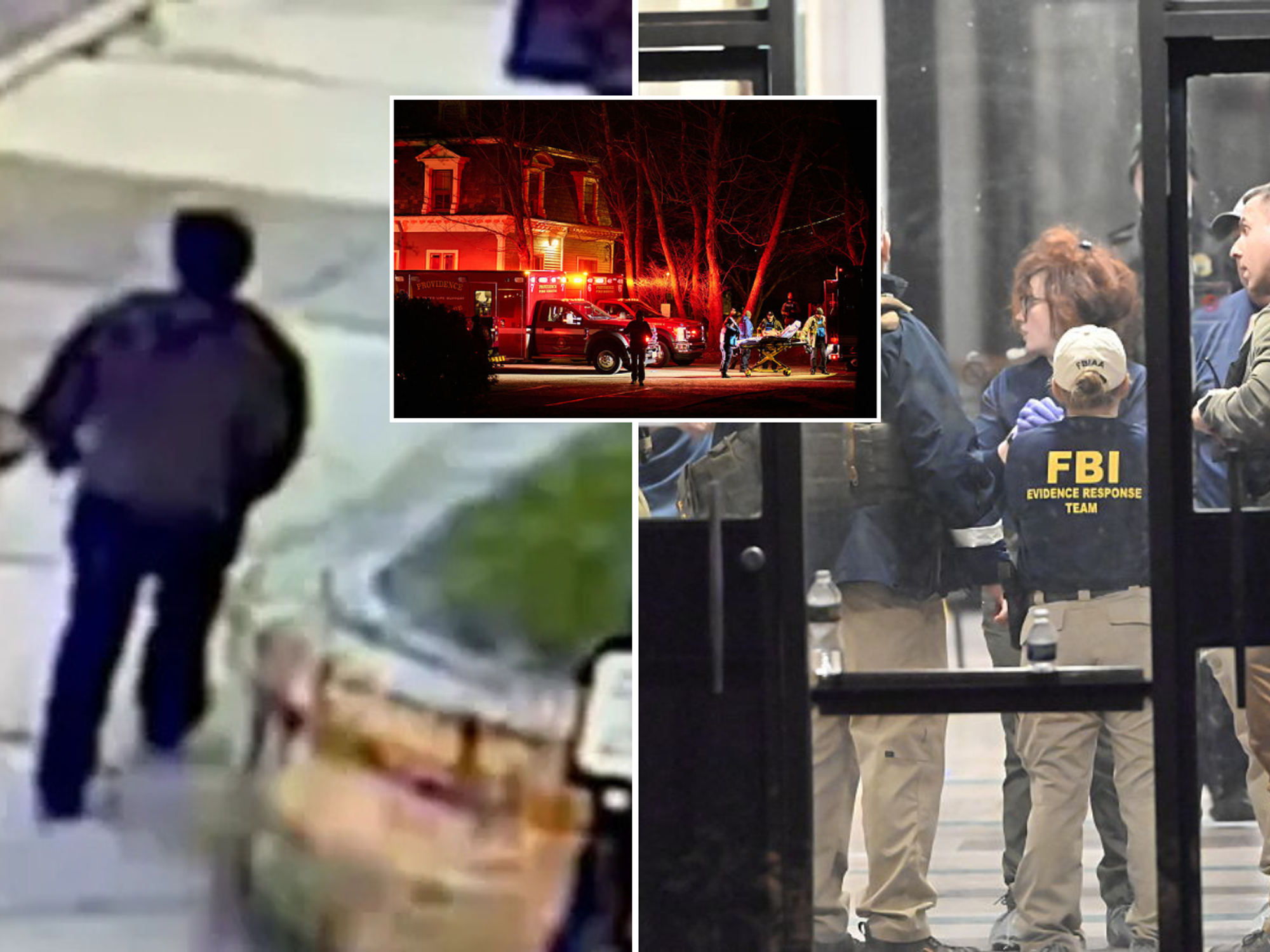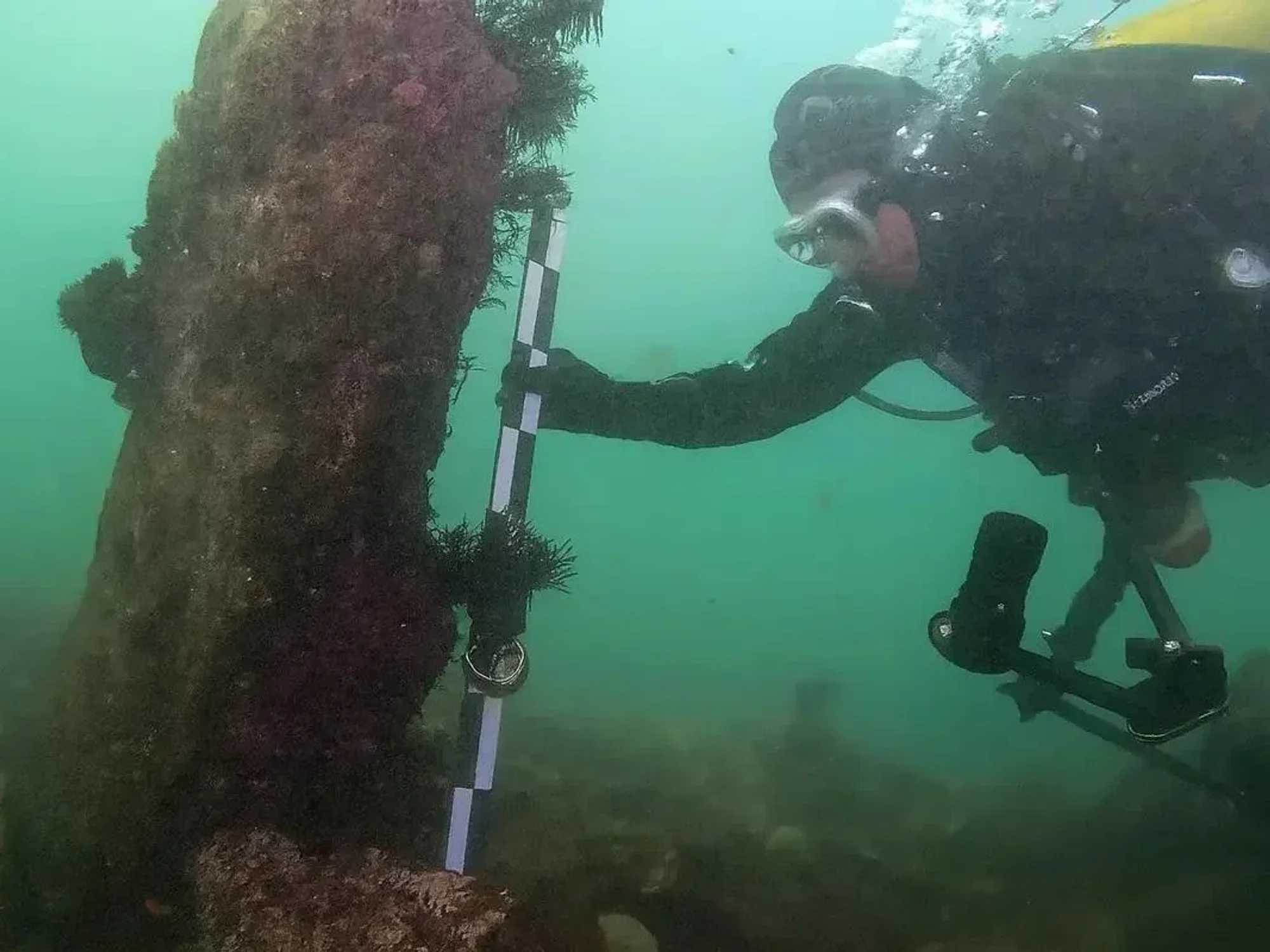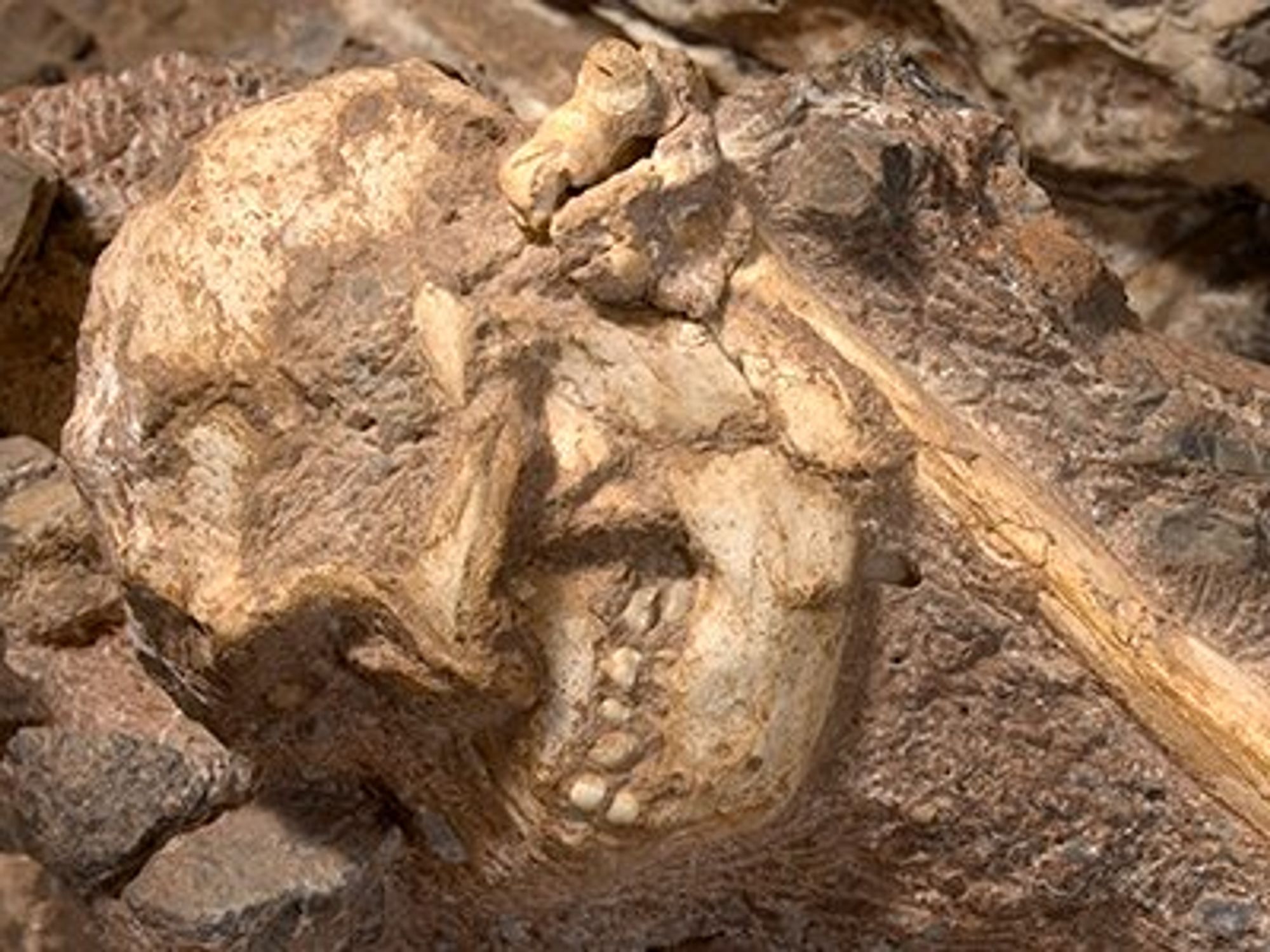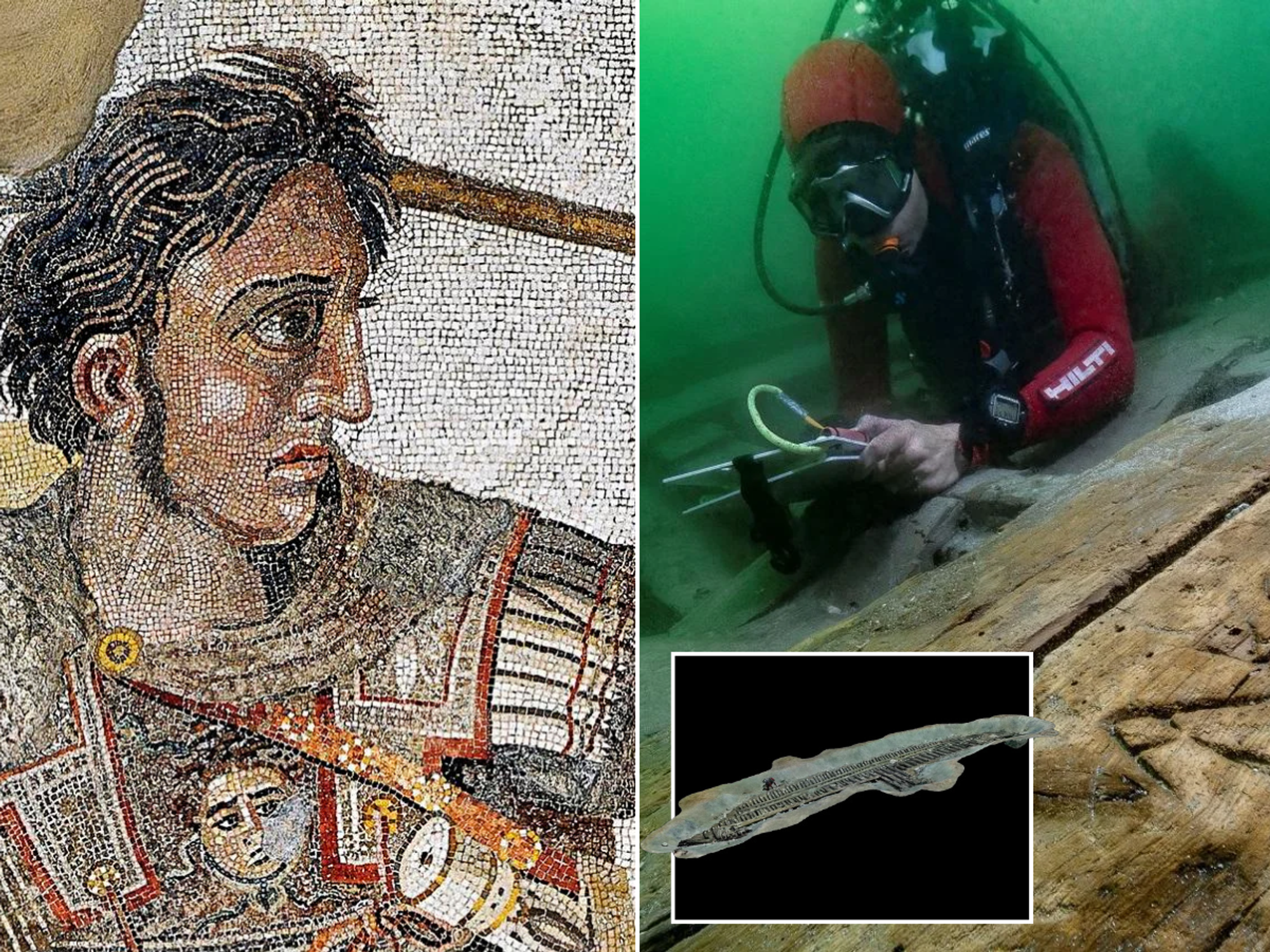Geminid meteor shower: Where to see up to 150 shooting stars TONIGHT
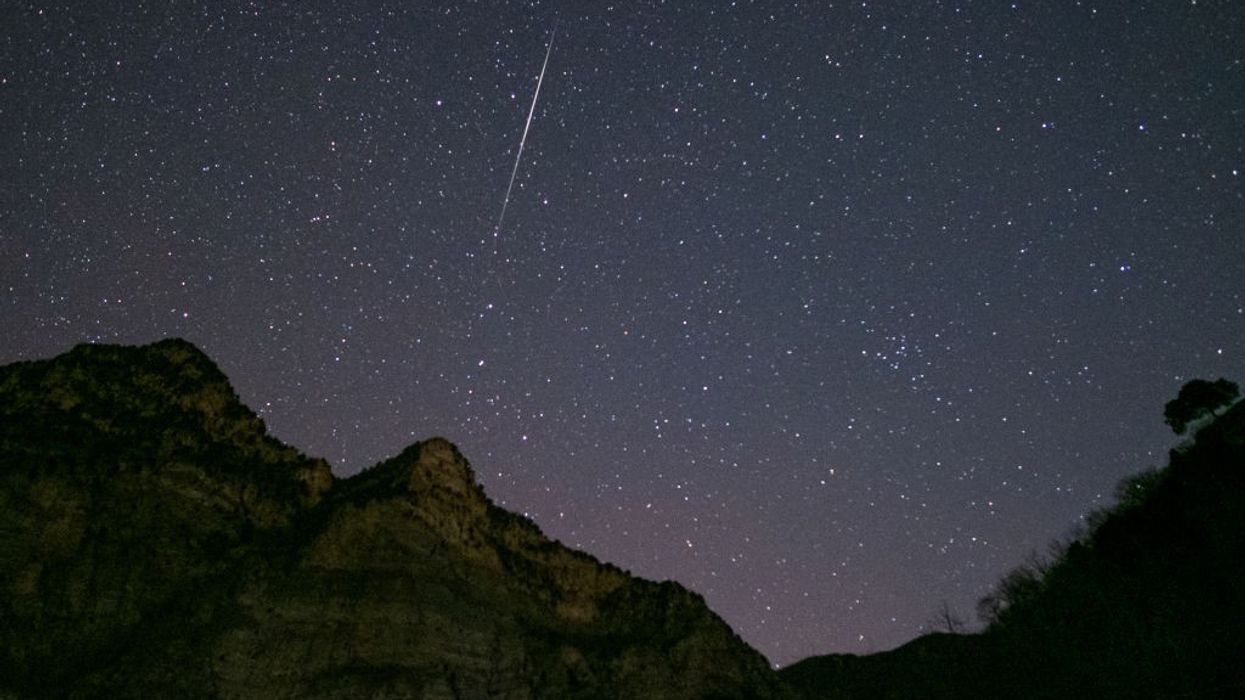
Geminid meteor shower: Where to see up to 150 shooting stars TONIGHT
|Reuters

The meteor showers are associated with asteroids rather than comets
Don't Miss
Most Read
One of the best meteor showers of the year is set to be visible later tonight, with up to 150 shooting stars in the sky.
The Geminid meteor shower happens in December when Earth passes through the particles and pieces of asteroid 3200 Phaethon.
The Geminids are one of the few meteor showers associated with an asteroid rather than a comet.
Stargazers are more likely to be able to spot the shower if there is a clear sky without haze and light pollution.
WATCH NOW: The latest weather forecast from the Met Office for GB News
In order to spot the meteor shower, it’s best to have a dark sky away from city lights. When you step outside, eyes may need up to 40 minutes to adjust to the dark.
Wednesday night's cloud cover is varied, with clearer skies over Chicago, El Paso and New York, and clouder conditions over Seattle, Houston and Atlanta.
However, 3200 Phaethon is an object that divides opinion in the skygazing community, with scientists unable to properly define it.
Astronomers say Phaethon acts like a comet because it brightens and forms a tail when it's closest to the Sun.
LATEST NEWS:
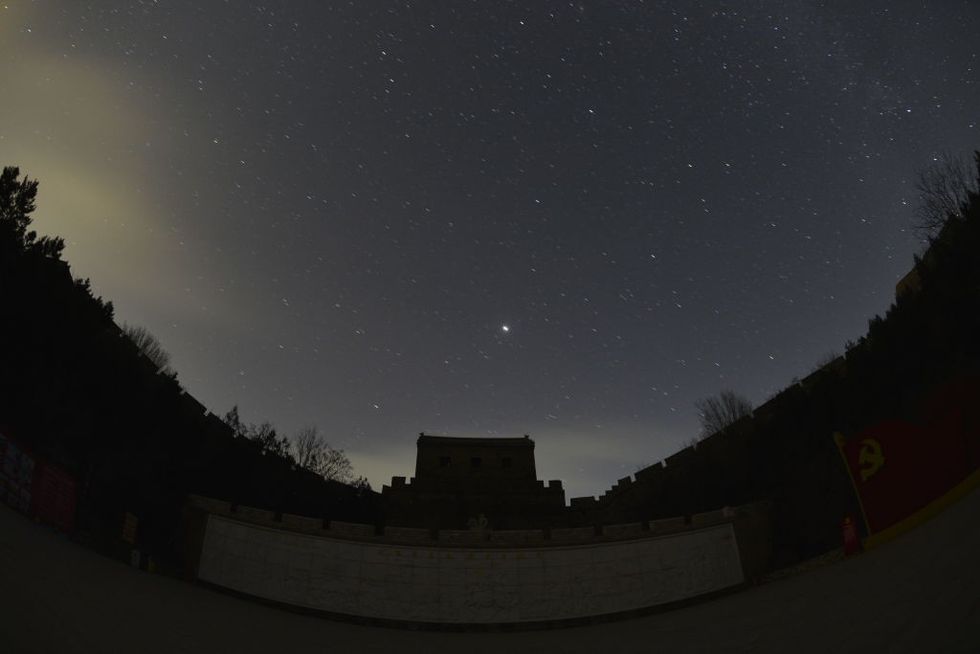
The meteor shower could be visible for large parts of the US
|Getty
However, Phaethon's tail isn't dusty like a comet as it is made of sodium gas. Nasa scientists also consider it to be unusual because most asteroids do not form tails on approach to the Sun.
This has led astronomers to ask how Phaethon supplies the material for the Geminid meteor shower, as it does not shed dust like a comet does.
Nasa said 3200 Phaethon could possibly be a "dead comet" or a new kind of object called a "rock comet."
Most scientists now classify it as an asteroid.
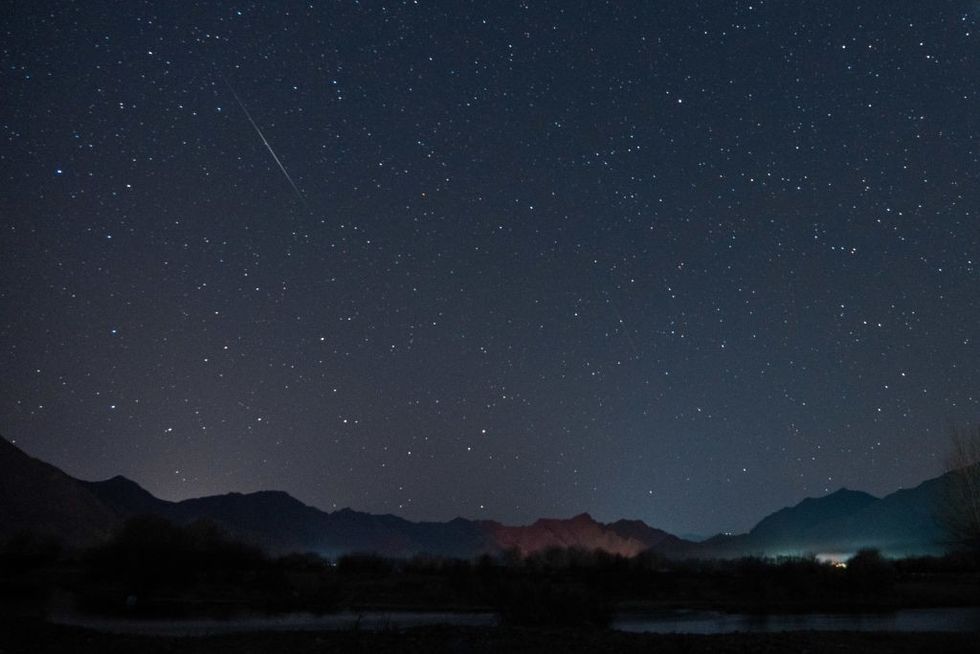
There could be meteor showers visible in the US
|Getty
Nasa's Gordon Johnston has laid out how to train your eyes to be best able to view the asteroid shower.
He said: "Your colour-sensing cone cells are concentrated near the center of your view with more of the rod cells on the edge of your view.
"Since some meteors are faint, you will tend to see more meteors from the "corner of your eye" (which is why you need to view a large part of the sky).
"Your colour vision (cone cells) will adapt to darkness in about 10 minutes, but your more sensitive night vision rod cells will continue to improve for an hour or more (with most of the improvement in the first 35 to 45 minutes)."






